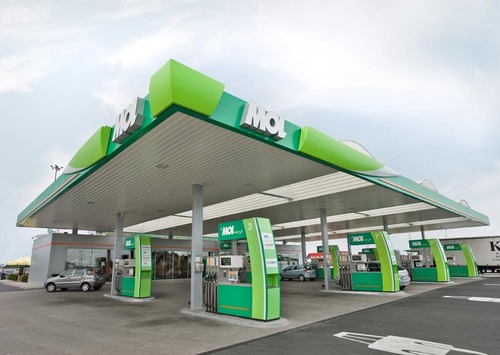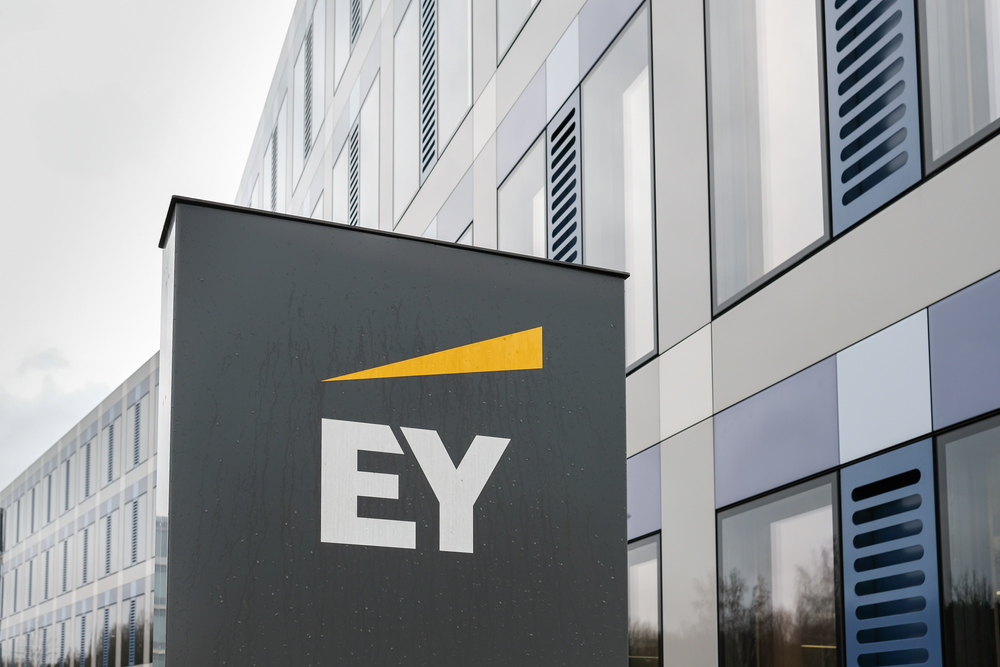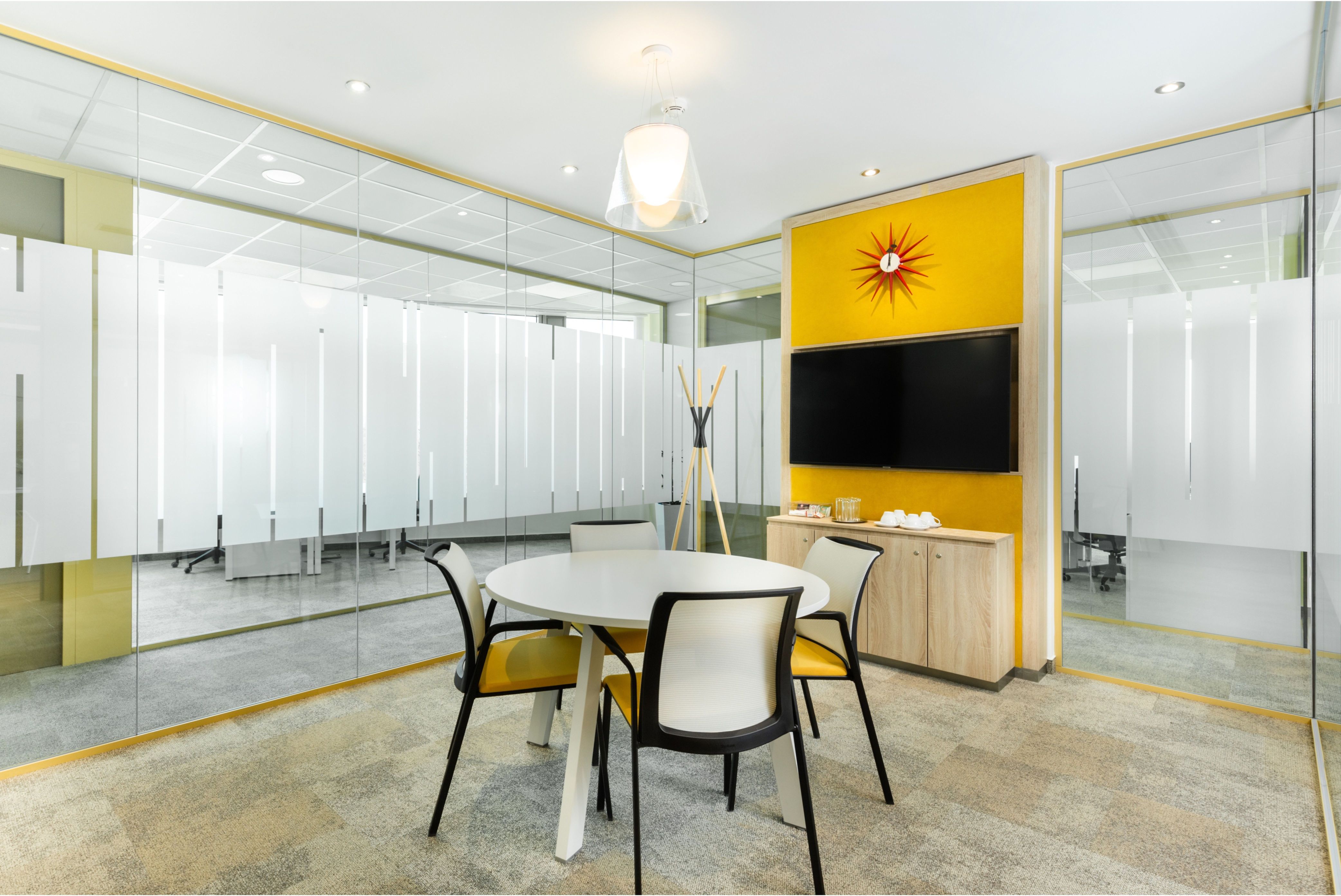More Developers Delivering Well-accredited Office Buildings

The MSD office at Millenium Gardens is one of just two Well pre-certified office interiors in Hungary.
IBM has established its headquarters in the first 16,000 sqm phase of the Corvin Innovation Campus. The complex, in the immediate vicinity of the Corvin Promenade, was developed according to Well “Platinum” and Breeam “Excellent” certifications to ensure it positively impacts the well-being and health of the people that work there, according to the developer Futureal.
The complex has also been designed to meet the needs of energy-sensitive users as the campus is one of only two office buildings in Hungary to have thus far obtained the highest “AA+” energy certification, Futureal adds.
“In recent times, soaring energy prices have become a crucial factor for the operation of companies, and our newly completed development addresses this challenge as well,” says László Balassa, project director of the Corvin Innovation Campus.
“Every aspect of the office building has been designed to provide an inspiring and healthy working environment for employees while offering tenants a predictable, sustainable, and unique service through energy-efficient and forward-thinking solutions. Our decision is confirmed by the market, as we continue to see strong tenant interest,” he adds.
Hungary currently has five Well-certified office buildings, compared to four in the Czech Republic and another four in Romania. This latter country has doubled its Well-accredited office stock in the first quarter of the year.
The number of Well buildings in Europe has increased to 234, representing a 10% rise in three months, according to Regina Kurucz, a Well assessor and head of the Well working group at the Hungarian Green Building Council (HuGBC).
A notable new CEE Well-accredited office development is the 31,000 sqm U-Center, located in a prime site between two parks in Bucharest.
The five Well buildings in Hungary put the country in ninth place in the Europe Top 10, followed by the Czech Republic, Romania, and Ireland in joint 10th, adds Kurucz. She adds that the MSD headquarters at Millennium Gardens is one of just two pre-certified office interiors in Hungary. Another seven Well pre-certified projects in Hungary are so-called Well core office buildings larger than 9,000 sqm.
The Well Health and Safety rating system is becoming increasingly popular in Europe: in Poland alone, 109 locations are certified. This includes offices in the capital Warsaw and Krakow, and railway stations, hotels and conference centers in Gdansk, Lodz and Poznan.
Carbon Assessments Required
A whole life carbon-emission assessment is needed in targeting zero carbon emissions in the built environment in relation to embedded carbon emissions, said Simon Sturgis, architect and founder of Targeting Zero, the Carbon Consultancy, at the recent HuGBC Green Brunch.
Participants such as architects, developers, energy and sustainability consultants, and facility and property management staff discussed the practicalities of reducing carbon emissions.
For new buildings, the majority of lifetime carbon emissions will be directly attributable to materials, construction, and maintenance, according to Sturgis.
“Tackling climate change is the biggest environmental challenge that we face today. The built environment is a major contributor through the carbon emissions from both construction and use,” he said at the brunch.
“Reducing carbon emissions through better building design, low carbon material choices, resource efficiency, and circular economic strategies is, therefore, no longer optional but, with the right advice, economically achievable,” he added.
There are two types of carbons, explained Zsombor Barta, ambassador to the HuGBC and founding partner of Greenbors Consulting.
“The first one and easier to understand is operational carbon and operations emissions; if you are heating or air conditioning a building, then you are using fossil fuels, then there are direct emissions,” he said.
“However, the more complex element is imbedded carbon, which means that, even if you have a green building, you already have a negative package of carbon emissions because the materials that you used to construct the building needed to be produced or manufactured, excavated and transported and built-in,” Barta argued.
“All of these activities also have direct emissions. This means that all buildings have a big package of embedded carbon in addition to a package, which is usually a smaller one, of ongoing operational carbons,” he noted.
Barta accepted that the concept of embedded carbon “is tricky and complicated to calculate” and said that is why Sturgis is part of a Royal Institution of Chartered Surveyors working group that, along with the EU, is working on an international standard to harmonize the calculation of the embedded carbon.
“As you can imagine, a building is made of many different materials, and so where do you draw the lines of calculating embedded carbon? The RICS and the World Building Council are, therefore, involved in framing the methodology, what needs to be included, and what is the methodology to calculate embedded carbon,” Barta added.
The initiative comes from the European Union’s New Green Deal and the EU climate target to become a net-zero economy by 2050; this is seen as pointing the entire building sector in this direction, but the question remains how to measure and account for what is net-zero.
“This is easier with regard to operation as this covers, for example, consumption with renewable on-site or off-site. Then, if you have no more direct emissions, it is already net zero. But if you dig a little deeper and take into account the materials the built environment is made of, then you need also to cover the embedded carbon element. This needs to include stakeholders who are responsible for the building sector, such as manufacturing and production companies; their activities and products need to become net-zero as well. There is a whole chain of stakeholders within the built environment sector,” Barta concluded.
This article was first published in the Budapest Business Journal print issue of June 2, 2023.
SUPPORT THE BUDAPEST BUSINESS JOURNAL
Producing journalism that is worthy of the name is a costly business. For 27 years, the publishers, editors and reporters of the Budapest Business Journal have striven to bring you business news that works, information that you can trust, that is factual, accurate and presented without fear or favor.
Newspaper organizations across the globe have struggled to find a business model that allows them to continue to excel, without compromising their ability to perform. Most recently, some have experimented with the idea of involving their most important stakeholders, their readers.
We would like to offer that same opportunity to our readers. We would like to invite you to help us deliver the quality business journalism you require. Hit our Support the BBJ button and you can choose the how much and how often you send us your contributions.








